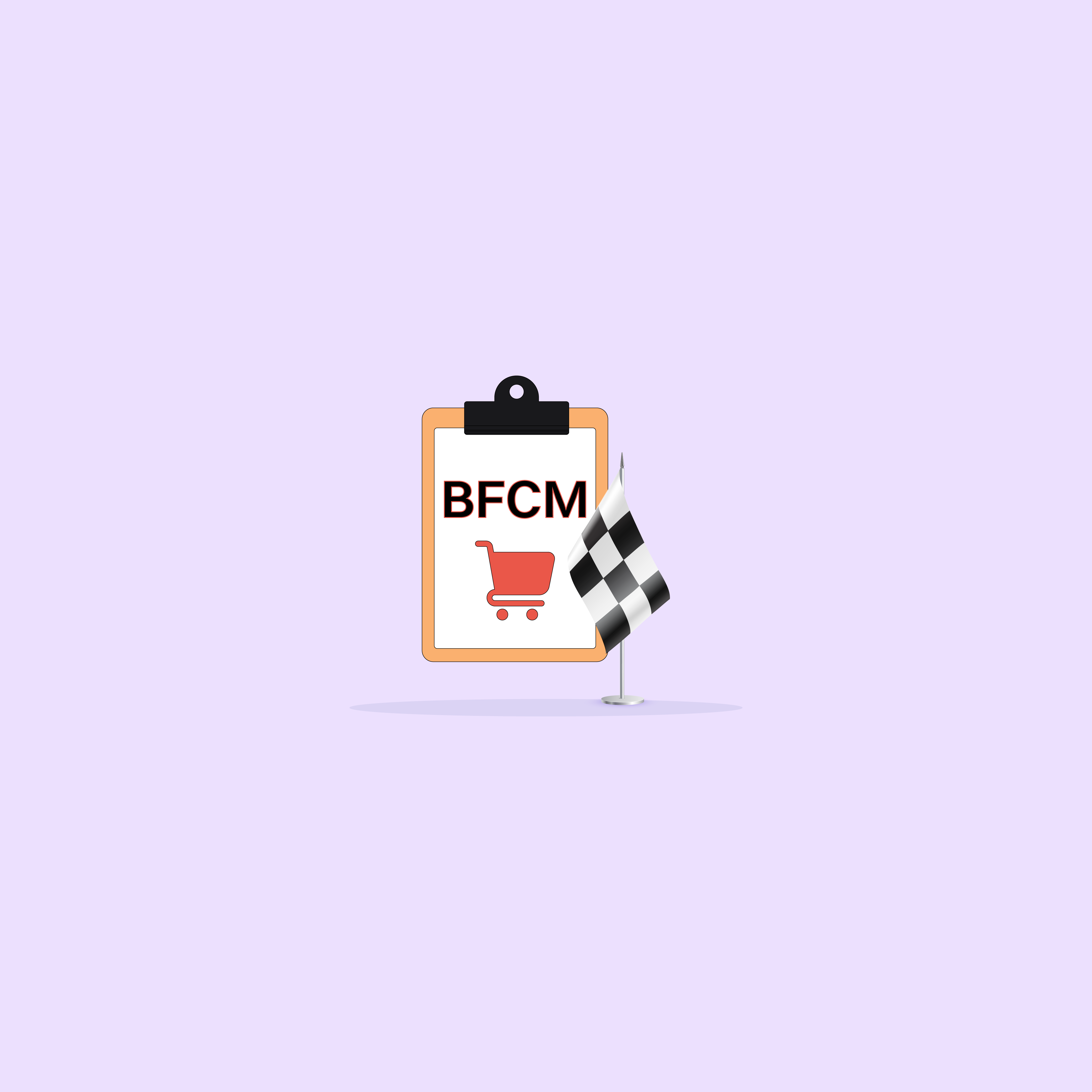Our websites use cookies. By continuing, we assume your permission to deploy cookies as detailed in our Privacy Policy.
The Importance of User Experience in Search
Would you want your visitors to find exactly what they are looking for on your website as easily and quickly as possible?
There comes the importance of user experience (UX). By providing the best search experience, you will have satisfied customers, they will find whatever they are looking for in a short time, and the website will be easily accessible. This may seem like a dream; however, it is possible to accomplish with UX optimisation.
Key Takeaways
- Customers may abandon a website if they cannot find what they need due to poor search user experience.
- Search volume, organic traffic levels, and on-site conversions can be used to determine user intent by UX professionals.
- When a customer enters a physical store, there are salespeople helping them find what they are looking for. This can be translated into personalisation tools assisting visitors in finding what they need.
How Can UX Help with Search?
Understanding User Intent
Without a doubt, one of the most crucial qualities for a UX expert is understanding their visitors. However, there is a subtle but significant obstacle to incorporating empathy into the design, and it has to do with how we view the user.
UX professionals are able to understand user intent by checking rankings, search volumes, organic traffic levels, and on-site conversions. While exhaustive users may have a broader scope around a particular topic or theme, specialised people may have a narrower search intent and don’t stray from this.
Search engines are also improving their comprehension of the two types of search intent. Just two of these include Yandex’s Korolyov and Vega and Google’s Hummingbird.
Creating a Positive User Experience
With UX professionals, eCommerce websites can create a positive user experience. When potential customers enter a physical store, salespeople guide them and help them find what they are looking for. This can be translated into personalisation tools assisting visitors in finding what they need.
Personalisation of the search function helps create a better search experience with fast and easy results. Just like how people enjoy having personal treatment at physical stores, they enjoy having personalised products and content shown to them.
To summarise, personalising the search function depending on the previously gathered data from the visitors would increase customer satisfaction and, therefore, the conversation rates.
Improving the Findability of Content
Another point where UX helps websites is by improving the findability of content. The search tool on your website functions as a mini search engine like Google, allowing users to look up specific products.
Customers often quit your site if they can’t find what they’re looking for utilising the search function. For this reason, eCommerce search UX is a wonderful place to start if you want to enhance on-site findability.
Effective content organisation is the practice of information architecture. For eCommerce, this means that product categories and navigation should meet user expectations. When consumers encounter content, advertisements, and promotions unrelated to their interests, they become irritated. Following the UX design concepts to deliver pertinent content throughout would help increase customer satisfaction.
How to Optimise Your UX for Search?
1. Design for Discovery
Having a simple design for eCommerce websites is so underrated these days. The benefits of a basic, straightforward and to-the-point website are undeniable. Keeping the search function simple is the best way to satisfy your visitors with their search experience.
2. Use Typography and Whitespace to Your Advantage
Whitespace is one of the quickest and simplest methods to improve a website’s design. Whitespace, even in small amounts, will give your designs breathing room and a polished appearance.
It’s not required for the design background to always be white. It merely needs to be the white space between website items. Your web pages will look more elegant and simple with white space.
3. Use Visuals to Guide the Eye
A visually distinctive website layout is one of the most critical objectives for UX designers. It is a method for maintaining a flexible user experience and interesting user path.
In short, make it simple for users to quickly and easily find what they’re looking for on your pages. Straightforward navigation on the eCommerce website or app would increase customer engagement substantially.
The search area must stand out visually, ideally with the word search and a glass icon as the placeholder text. Many UX experts prefer having the search bar typically at the top right corner.
Furthermore, eye-friendly design and text legibility are key for website experience satisfaction. The colours you choose and the contrast between the colour of your text and the background significantly impact how easy it is to read the text.
4. Keep it Simple
A clean layout, a colour scheme of two or three, lots of white space, an average of two typefaces, and one additional font for your logo are all characteristics of simplicity. A picture says a thousand words; however, images should also be limited. Your graphics need to have a function to be clickable and valuable.
5. Consider the User’s Needs
The most crucial topic that eCommerce managers should study is their customers. It is necessary to know their target market, demographics and needs. Asking for your visitors’ feedback is a great way to improve your website. This can be done in several ways, including emailing them, having pop-up surveys or asking them to fill up a form at the end of their purchase or exit from the website.
Wrapping Up
Don’t forget that your eCommerce website is the middleman between the product and the customer. The website is there to make the customers’ lives easier. Why not provide them with the best customer experience?
Personalisation is the best way to increase customer satisfaction and give them special treatment. Of course, in addition to personalisation, there are many other factors that eCommerce specialists should consider. These include having a straightforward website, including the right amount of pictures, SEO and understanding customer needs and behaviour.
Contact Segmentify to learn more about making your search function fully personalised and increasing customer satisfaction!








